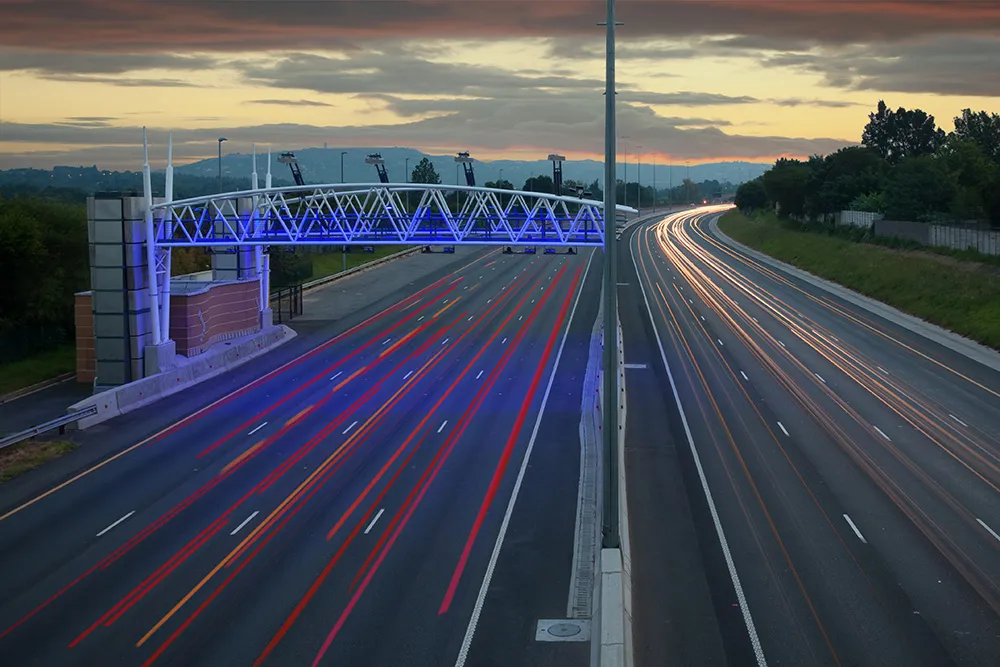According to a new report from Frost and Sullivan, the European automotive navigation market will witness a shift towards integration and a continual trend towards low-cost connected navigation, which will become a commodity. With Smartphone replication technologies, Smartphone-based navigation inside cars will dominate the market, serving all car segments. The eCall in Europe and ERA-GLONASS in Russia, which mandate automated emergency response systems in vehicles, will lead to Europe becoming one of the b
December 5, 2012
Read time: 3 mins
According to a new report from Frost & Sullivan, the European automotive navigation market will witness a shift towards integration and a continual trend towards low-cost connected navigation, which will become a commodity.
With Smartphone replication technologies, Smartphone-based navigation inside cars will dominate the market, serving all car segments. The eCall in Europe and ERA-GLONASS in Russia, which mandate automated emergency response systems in vehicles, will lead to Europe becoming one of the biggest markets for telematics systems and will offer Tier 1 suppliers and service providers the opportunity to expand their presence.
The analysis, Key Trends and Forecasts for Automotive Navigation and Telematics Services Market in Western and Eastern Europe and Russia, finds the market size in Europe for navigation systems – OE embedded, aftermarket embedded and portable navigation devices (PND) – will be 19.3 million units by 2016. Smartphone navigation subscribers will stand at 413.2 million and new telematics service subscribers will touch 5.2 million by 2016. For Russia, the market size for navigation systems is estimated to be 2.5 million units, smartphone navigation subscribers to be 4.4 million and new telematics service subscribers to be 415,000 by 2016.
“Smartphone replication technologies and navigation applications will usher an era of low-cost navigation, an area which used to be dominated by PNDs,” notes Frost and Sullivan Senior Research Analyst, Krishna Jayaraman. “The eCall mandate will drive the market for telematics services. Mobile phone-based telematics systems will be popular in Europe owing to high smartphone penetration and lower costs.”
Connected services like real-time traffic information and local search will arrest the slide of PNDs. PND manufacturers are already venturing into the OE business to offer low-cost in-dash solutions. But this is bringing them into direct competition with Tier 1 suppliers.
“Packaging of multiple services and offering them at attractive prices is the key to competitive survival,” remarked Jayaraman. “OEMs will face the challenge of upgrading their system offerings with the latest human machine interface (HMI) to ensure consumer interest. Customer retention will lie in providing value-added services and smart pricing.”
Connected and value-added services will be pivotal factors influencing uptake of a navigation solution. Developing a low-cost portfolio in order to penetrate the mass market segment will also be a key focus area.
“PND manufacturer’s partnerships with OEMs will usher the low-cost navigation trend in Europe,” concludes Jayaraman. “OEMs will use the eCall and ERA GLONASS mandate to offer different telematics service packages.”
With Smartphone replication technologies, Smartphone-based navigation inside cars will dominate the market, serving all car segments. The eCall in Europe and ERA-GLONASS in Russia, which mandate automated emergency response systems in vehicles, will lead to Europe becoming one of the biggest markets for telematics systems and will offer Tier 1 suppliers and service providers the opportunity to expand their presence.
The analysis, Key Trends and Forecasts for Automotive Navigation and Telematics Services Market in Western and Eastern Europe and Russia, finds the market size in Europe for navigation systems – OE embedded, aftermarket embedded and portable navigation devices (PND) – will be 19.3 million units by 2016. Smartphone navigation subscribers will stand at 413.2 million and new telematics service subscribers will touch 5.2 million by 2016. For Russia, the market size for navigation systems is estimated to be 2.5 million units, smartphone navigation subscribers to be 4.4 million and new telematics service subscribers to be 415,000 by 2016.
“Smartphone replication technologies and navigation applications will usher an era of low-cost navigation, an area which used to be dominated by PNDs,” notes Frost and Sullivan Senior Research Analyst, Krishna Jayaraman. “The eCall mandate will drive the market for telematics services. Mobile phone-based telematics systems will be popular in Europe owing to high smartphone penetration and lower costs.”
Connected services like real-time traffic information and local search will arrest the slide of PNDs. PND manufacturers are already venturing into the OE business to offer low-cost in-dash solutions. But this is bringing them into direct competition with Tier 1 suppliers.
“Packaging of multiple services and offering them at attractive prices is the key to competitive survival,” remarked Jayaraman. “OEMs will face the challenge of upgrading their system offerings with the latest human machine interface (HMI) to ensure consumer interest. Customer retention will lie in providing value-added services and smart pricing.”
Connected and value-added services will be pivotal factors influencing uptake of a navigation solution. Developing a low-cost portfolio in order to penetrate the mass market segment will also be a key focus area.
“PND manufacturer’s partnerships with OEMs will usher the low-cost navigation trend in Europe,” concludes Jayaraman. “OEMs will use the eCall and ERA GLONASS mandate to offer different telematics service packages.”







